The Top Hybrid Materials to Replace Classic Filaments for your 3D Printer
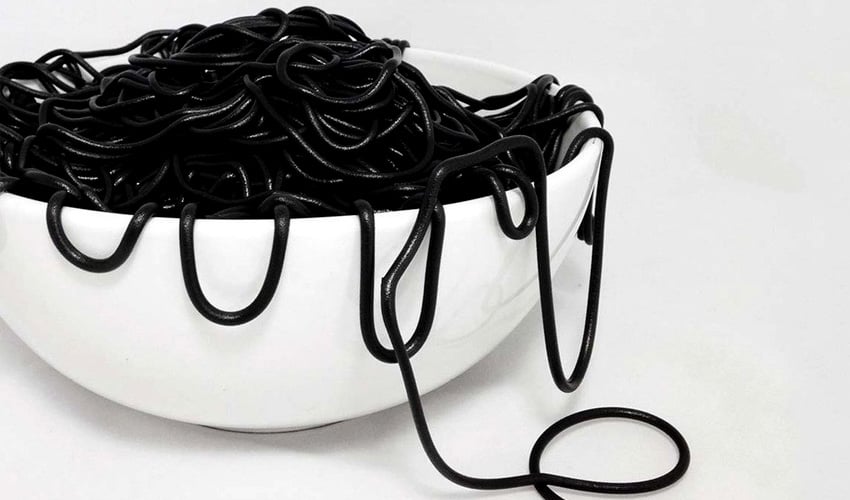
The process of 3D printing by extrusion, also known as deposition of molten material, is one of the most popular and commonly used methods in the additive manufacturing market. This is due to its ability to offer a wide range of material compatibility. A 3D FDM/FFF printer, including the most popular solutions, is capable of creating parts from a variety of materials, including plastics, silicone, metal, and even food paste. Filaments are often used by users, with a wide range of choices available. While most of these filaments use thermoplastics such as ABS, PLA, polycarbonate, or high-performance materials, it is important to note that there are also hybrid filaments available. These filaments can offer different results in terms of rendering, finishing, conductivity, resistance, and more. They are composed of a mixture of materials, such as marc, a combination of marc and polycarbonate, coffee grounds, wood, diamond powder, or recycled materials. Today, we invite you to discover some of these 3D printer filaments, including some available with even low-cost solutions.
1 – A Coffee-Based Filament
Manufacturer 3Dfuel has come up with a unique way to recycle coffee grounds by using them to create a new 3D printer filament with a distinct color. The filament, called Wound Up, is part of the c3composites brand and is created by blending coffee grounds with conventional PLA. As a result, it has comparable printing properties to standard PLA filaments. This innovative filament allows makers to use their love for coffee to fuel their 3D printing projects.
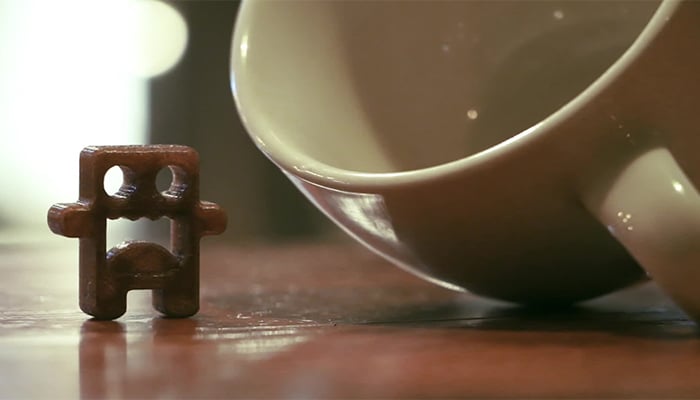
2 – A Conductive PLA Filament
ProtoPasta, a company that creates materials for 3D printing based in Vancouver, has created a unique filament. The filament is composed of a composite of PLA plastic that is electrically conductive, and it contains carbon particles. This makes it ideal for use in low-voltage circuits and touch devices. Additionally, the material can be combined with regular PLA in a 3D printer that has dual extrusion capabilities. According to the manufacturer, this material can run a low-voltage electronic board and print conductors for resistors up to 1K with ease.
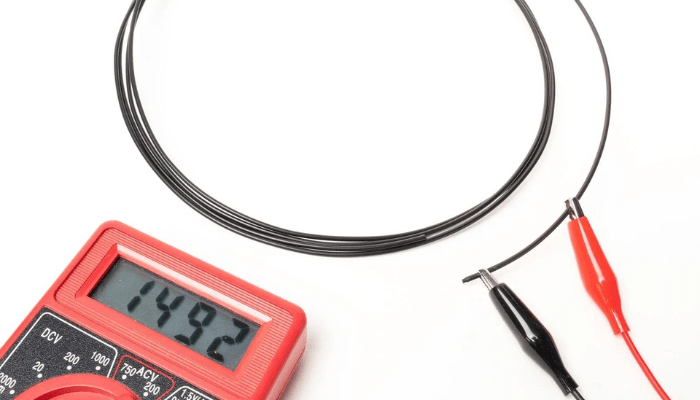
Photo credits: ProtoPasta
3 – Sandstone-Based Filaments
This 3D printer filament is made from sandstone, a common building material. It contains a blend of PLA and powdered rock, typically chalk, which gives it a stone-like appearance and texture. LayBrick is a well-known brand that produces this type of filament. The final look of the printed object can vary depending on the printer settings, resulting in a smooth or rough surface.
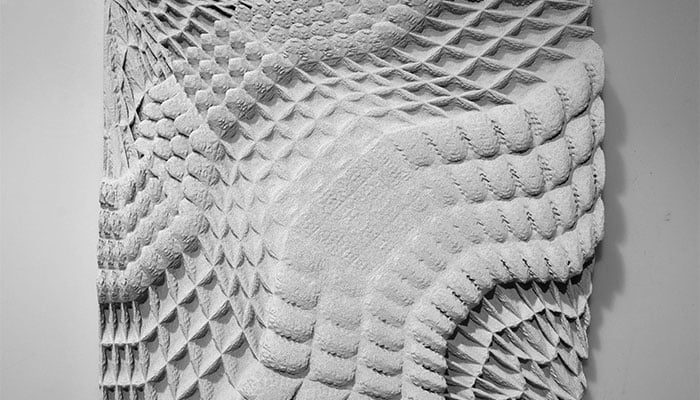
4 – A Hybrid 3D Printer Filament Made From Hemp
Hemp, which is derived from a variety of the cannabis plant, remains a contentious material due to its association with the plant. However, it has gained widespread use in the 3D printing industry. The filament is composed of fine particles of hemp mixed with a PLA polymer base. This material offers several advantages due to its natural properties. Various manufacturers have ventured into this niche, with one of the most notable being 3Dfuel, which collaborated with C2renew to launch its interlaced filament that includes bio-filling, providing a unique texture. This filament is also a biodegradable plastic that can be recycled or composted after use.
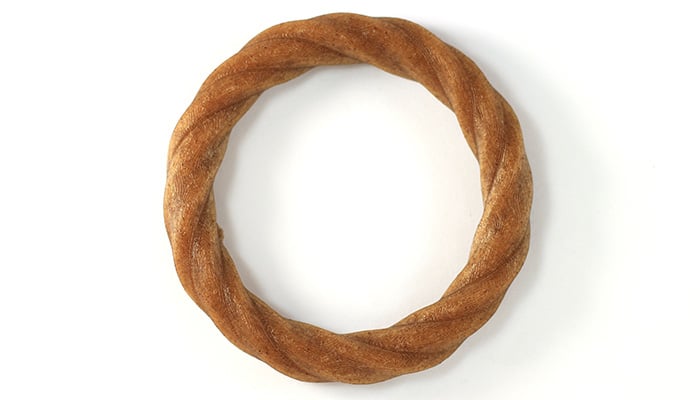
5 – Filaments with Magnetic Properties
This type of 3D printer filament possesses magnetic properties, as indicated by its name. It is composed of PLA mixed with iron powder. In essence, the iron particles imbue the material with metallic characteristics, enabling it to exhibit magnetic properties and also granting a metallic appearance to the printed parts. At present, the leading producer of this filament is Proto-pasta.
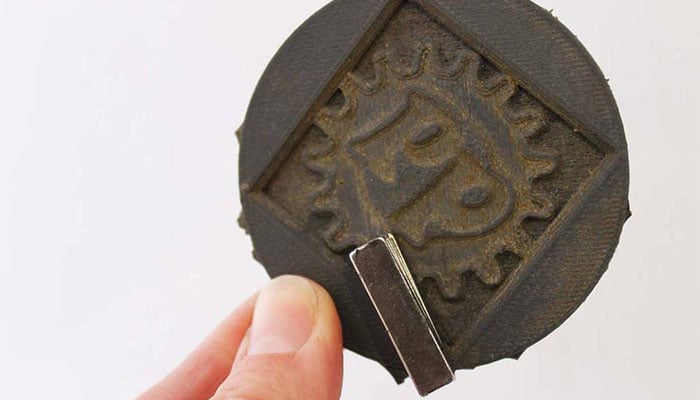
6 – A Wood-Based 3D Printer Filament
Hybrid filaments offer the advantage of recycling materials that are otherwise considered as waste. This is particularly true for wood-based filaments, which use components such as cork and bamboo mixed with conventional PLA. The resulting parts have a unique, handcrafted appearance and even emit a subtle wood scent. Major manufacturers of wood-based filaments include the Dutch company Colorfabb and the American Hobbyking.
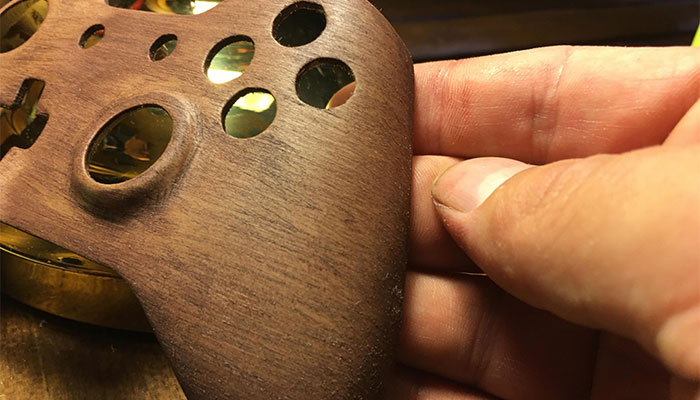
7 – Fluorescent 3D Filaments
As children, we were fascinated by the glow-in-the-dark decorations in our rooms, and as we grew older, we were captivated by fluorescent bracelets at festivals and concerts. Even now, the allure of fluorescent materials remains undeniable, regardless of age. In the 3D printing world, filaments with these properties can be used to create any object you can imagine. ColorFabb, for instance, employs PLA/PHA, a blend of bioplastics, in fluorescent green to produce sturdy and remarkable parts. Alternatively, MatterHackers’ PLA PRO Series filament comes in various glow-in-the-dark colors, including blue and high-quality yellow, with a precise chemical formula that enables it to produce consistent and reproducible parts.
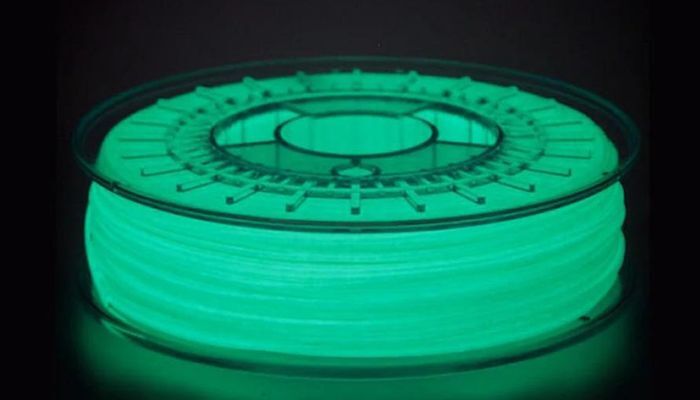
Photo credits: ColorFabb
8 – Biodegradable Filaments
Given the current global warming crisis, sustainability is now a vital factor in our daily lives. In response to this, the 3D printing industry has started producing biodegradable filaments, aimed at reducing environmental impact. French company Kimya has introduced a range of eco-filaments, one of which is PLA-R. This filament is made from industry waste and can be recycled up to 97%. Another option from Kimya is Kimya-R Natur, which is made entirely from recycled materials and is biodegradable. Genesis Bioindustries Inc has developed advanced technologies that turn food waste into PHA through bacterial fermentation, producing a biodegradable plastic that can fully decompose in nature within one year and in the marine environment within less than ten years. However, food waste is not the only problem humans face. Cigarette butts, according to Estonian authorities, are one of the most prevalent types of waste in the Baltic Sea, causing immense damage to our environment. A single cigarette butt can pollute up to 1000 liters of water and the filters can release toxic substances that can persist for ten years. The startup Filaret is addressing this issue by installing containers on Estonian beaches to collect cigarette butts and turn them into 3D printing material. During the manufacturing process, the filter parts are separated from the butts, and after washing and detoxification, natural polymers are added to the material. Finally, it is melted down to produce compostable plastic pellets.
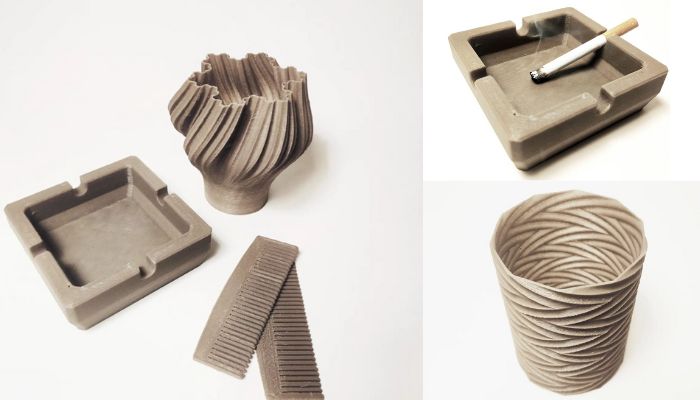
These 3D printed parts were made from cigarette filaments (photo credits: Filaret)
9 – Filaments Based on Diamond Nanoparticles
Let’s take a look at one of the toughest materials known to man – diamond. Carbodeon from Finland and Tiamet3D from the Netherlands are two companies that offer PLA filaments that contain diamond nanoparticles measuring between 4 and 6 nm. These nanoparticles give the filament its remarkable performance properties. This material boasts exceptional thermal conductivity and extreme structural strength. Printing with this unique filament results in an incredibly fast printing speed due to the small spherical diamond particles that also act as a lubricant during printing.
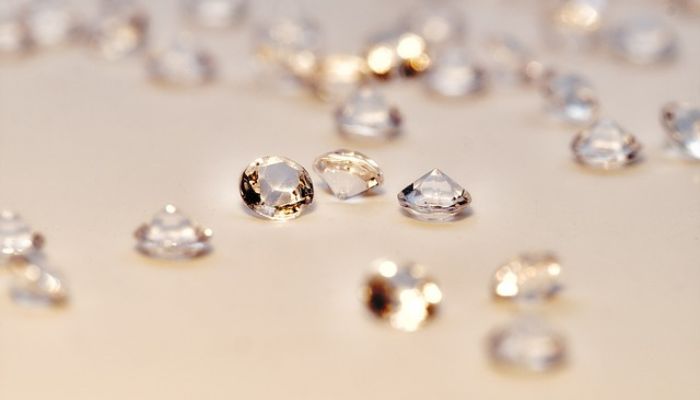
Photo credits: Carbodeon
10 – Linen and PLA Hybrid Filament
Flax fiber is a natural material that is obtained from the flax plant. In the 3D printing industry, hybrid filaments made from PLA and flax fiber are becoming increasingly popular. This material not only serves as a sustainable alternative to traditional filaments, but also allows for the creation of different shades of brown through adjustments to printing parameters such as extruder temperature. To ensure that the printed parts maintain their quality over time, it is recommended to seal them with a UV protection treatment.This treatment ensures that the parts remain protected and in good condition for an extended period. Using flax fiber in 3D printing is a step towards a more environmentally friendly approach to manufacturing. By using natural materials, we can reduce our dependence on synthetic and non-renewable resources.
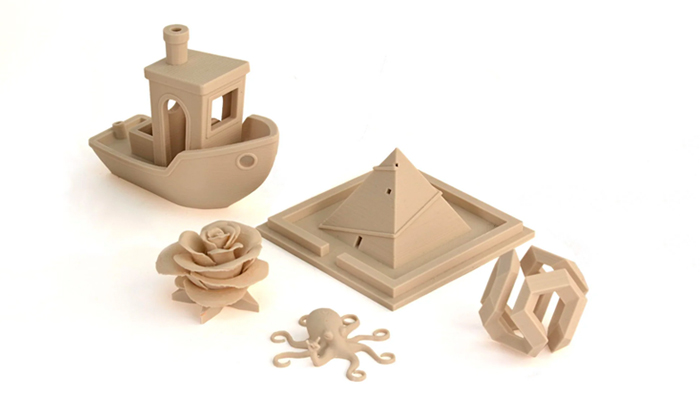
Photo credits: TwoBears
11- ESD Hybrid Filaments
ESD filaments have been specifically developed to safeguard electronic components that are vulnerable to electrostatic discharge. The material’s composition includes a combination of thermoplastics such as PLA, ABS, or PETG and dispersion modifier carbon. ESD filaments are particularly useful for creating integrated circuit packages, sensors, connectors, and measuring devices. Additionally, this material has excellent resistance to impact, high temperatures, and scratches.To achieve the best print quality, it’s essential to select the appropriate parameters for your printer and specific conditions. It’s important to note that these settings can vary based on the manufacturer. For instance, the filament melts at a temperature ranging between 250 and 265°C. It’s also recommended to heat the printing plate to a temperature of 90-110°C. Using a 3D printer with a closed enclosure is preferred to ensure optimal results. The recommended printing speed for ESD filaments should not exceed 60 mm/s, and the nozzle diameter should be 0.6 mm. Several manufacturers, such as Fiberlogy, Kimya, and Nanovia, offer ESD filaments. The cost of the filaments may vary depending on the manufacturer, but for example, 800g of Zortrax filaments cost €109, while 3DXTech offers 750g of filaments for €88.
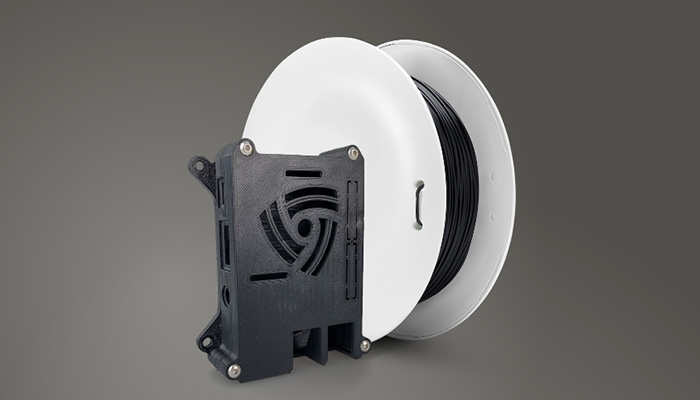
Photo credits: Fiberlogy
What did you think of this hybrid filaments? Let us know in a comment below or on our Linkedin, Facebook, and Twitter pages! Don’t forget to sign up for our free weekly Newsletter here, the latest 3D printing news straight to your inbox! You can also find all our videos on our YouTube channel.







What about metal filled filaments? The ones that let you do everything at home
Always welcome alternative 3d printing fildament. Thanks